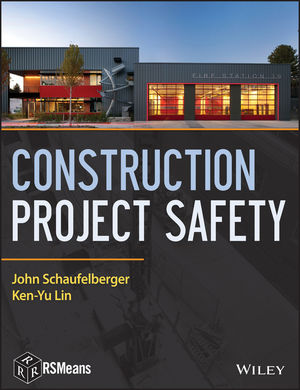Poor indoor air quality can affect construction workers

During evaluations of construction workplaces, investigators with the National Institute for Occupational Safety and Health (NIOSH) identified issues that could affect indoor environmental quality (IEQ) such as:
- a lack of dust control
- the use of high emission building materials and
- limited communication with occupants about hazards related to the work being done
Hazards which may be present during construction, renovation, demolition, or repair projects, can result in both construction workers and building occupants being exposed to dusts, gases, organic vapors, microbiological contaminants and mold.
Symptoms that have been reported due to such exposures include headaches, sinus problems, congestion, dizziness, nausea, fatigue, irritation of the eyes, nose, or throat and asthma-like symptoms.
To address the problem, NIOSH has released detailed recommendations: Maintaining Acceptable Indoor Environmental Quality (IEQ) During Construction and Renovation Projects.
Those recommendations start with:
- Ensuring that construction contractors understand and are aware of the potential impact of construction and renovation activities on building occupants
- Anticipating construction and renovation activities that may generate contaminants
- Implementing controls to minimize exposures of both construction workers as well as building occupants
The guide includes details of NIOSH investigations at specific worksites. The conditions found at those projects yielded a variety of suggestions, such as protecting the HVAC systems serving the construction or renovation areas from damage or contamination; monitoring for airborne contaminants and minimizing the number of building penetrations.
There’s a lot more information in NIOSH’s construction IEQ recommendations document. Click here to access it.
Looking for a reprint of this article?
From high-res PDFs to custom plaques, order your copy today!







